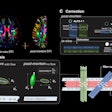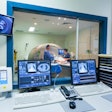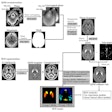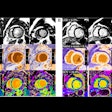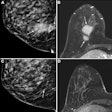Fusing MR and real-time ultrasound images to sample tumor spots can help detect and diagnose prostate cancer and, as a result, reduce the number of prostate biopsies, according to a study published online December 10 in the Journal of Urology.
Researchers from the University of California, Los Angeles (UCLA) evaluated 171 men who either were under active surveillance to monitor slow-growing prostate cancers, or who had persistently elevated prostate-specific antigen (PSA) levels but prior negative biopsies.
Participants initially received MRI scans to visualize their prostate and any lesions. That information was then fed into a device called Artemis from Eigen, which fuses MRI results with real-time 3D ultrasound, so urologists can visualize lesions during biopsies.
The study found prostate cancer in 53% of the 171 study volunteers. Of those tumors found by the fusion biopsy technique, 38% had a Gleason score greater than 7, which indicates an aggressive tumor.



.fFmgij6Hin.png?auto=compress%2Cformat&fit=crop&h=100&q=70&w=100)
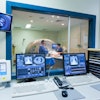
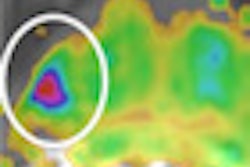
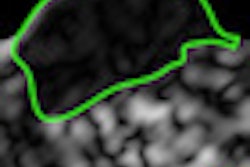
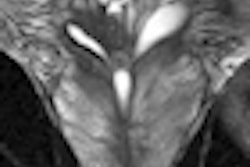
.fFmgij6Hin.png?auto=compress%2Cformat&fit=crop&h=167&q=70&w=250)

